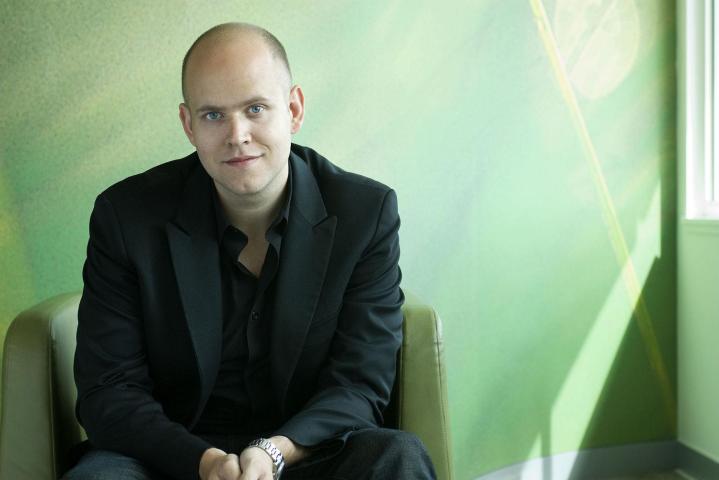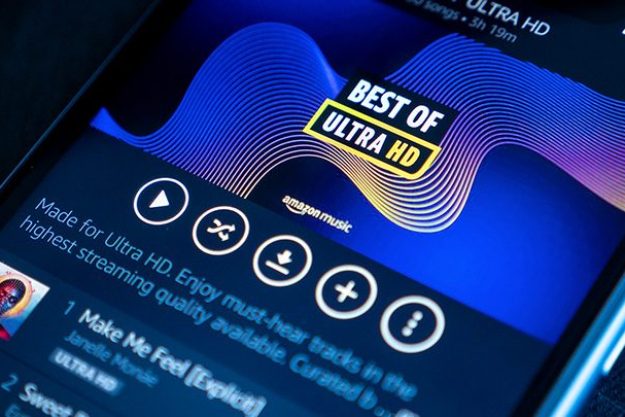
“Oh ok,” said Ek in a now-deleted tweet (below via Mashable).

His short quip on Apple Music’s launch follows recent Spotify announcements of its own, not to mention a Billboard cover story on his Swedish-based streaming service just this past week. “Apple will probably be pretty successful, but it doesn’t have to be at the expense of Spotify,” he told Billboard. “When Apple starts doing streaming, streaming will start growing even faster.”
While Apple Music is a direct competitor to existing streaming music platforms, other music streamers also don’t seem to be quaking in their boots, just yet. Rhapsody, a competitor with a paid user base of about 2 million, is glad Apple’s new streaming service won’t offer a “freemium” option supported by ads alone. “We’re really excited,” said Rhapsody CFO Ethan Rudin to The Next Web. “I think once you’re forced to go beyond a free experience, that’s when [customers] start to shop around and think about other apps that are out there.”
Rdio, which has few users in the several hundred thousand range, also welcomed Apple Music. “We look forward to responsible competition in the massive effort to make music available legally for anyone to enjoy anytime, anywhere,” said the service in a statement.
Spotify, currently the leading on-demand music streaming platform with over 60 million users (and 15 million paid), has its plate full with recent forays into video, improved playlists and podcasts. And while the service has certainly had its struggles — concerning both how much it pays labels, and artists, and its own profitability — Ek sees the competition as positive for his company. “If we think of this as an opportunity instead of trying to maximize the piece of pie we have today, the music industry will be many, many times bigger, and there won’t be any arguments about how many percent we pay.”
When push comes to shove, though, the numbers are the bottom line. Apple Music, which is priced the same as its competitors for one subscription at $10 per month, will offer a family plan for up to six people at just $15 per month. Spotify and Rdio also currently offer family plans (both at $15 per month for two people, or $30 for five), but Spotify plans to match Apple Music’s pricing “in the near future,” according to The Verge.
Regardless of comparably priced family plans, Apple Music has an uphill battle if it wants to compete with Spotify. While Apple hopes that it can convert some of its 800 million plus iTunes accounts into paying Apple Music subscribers, Spotify’s Ek knows that this will be difficult. After all, Apple wasn’t able to effectively convert its massive number of iTunes users into subscribers of the predecessor to Apple Music, iTunes Radio.
Only time will tell if this effort will be more successful for Apple Music, but if Daniel Ek is sweating it, he isn’t showing any signs.
Editors' Recommendations
- How much is Apple TV+?
- What is Deezer? Features, pricing, and music quality explained
- Spotify’s new AI Playlist feature uses text prompts to curate playlists
- Spotify adds music videos for Premium users in a handful of countries
- Apple Music just got a cool feature you won’t find on Spotify

